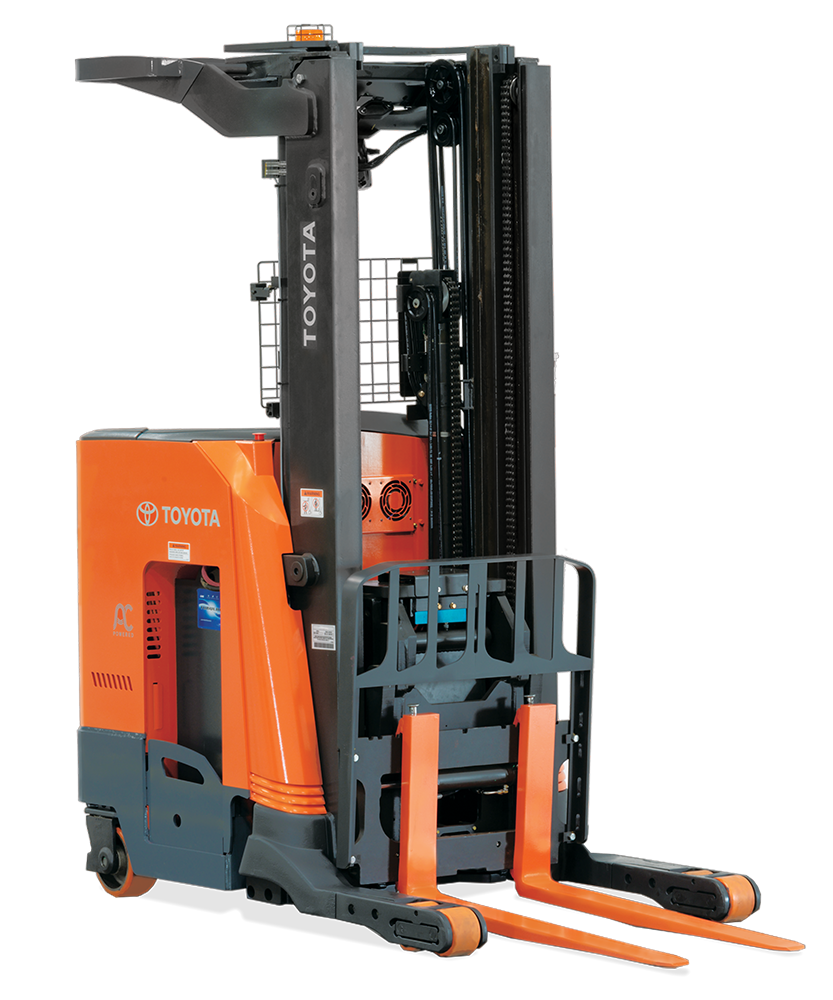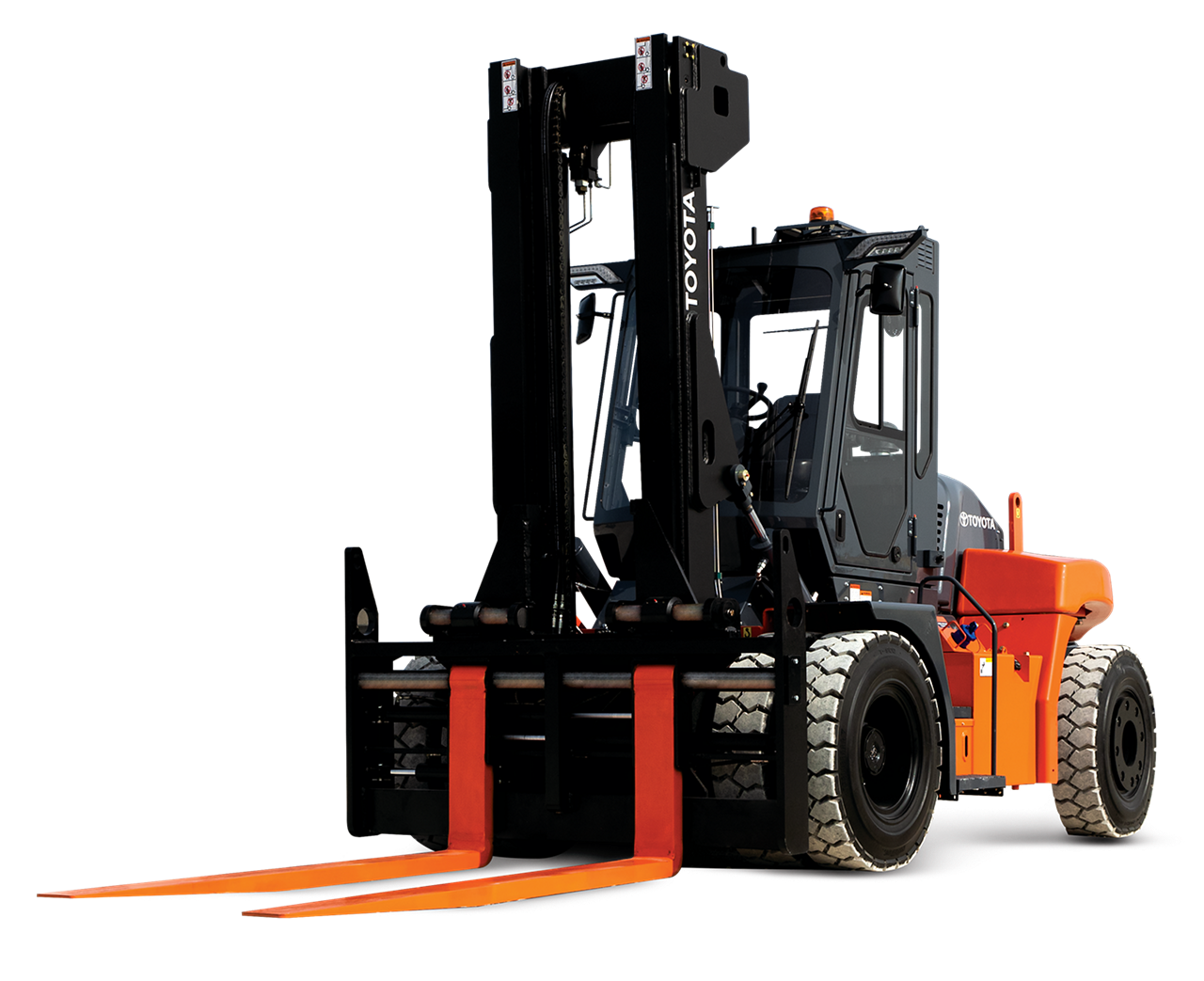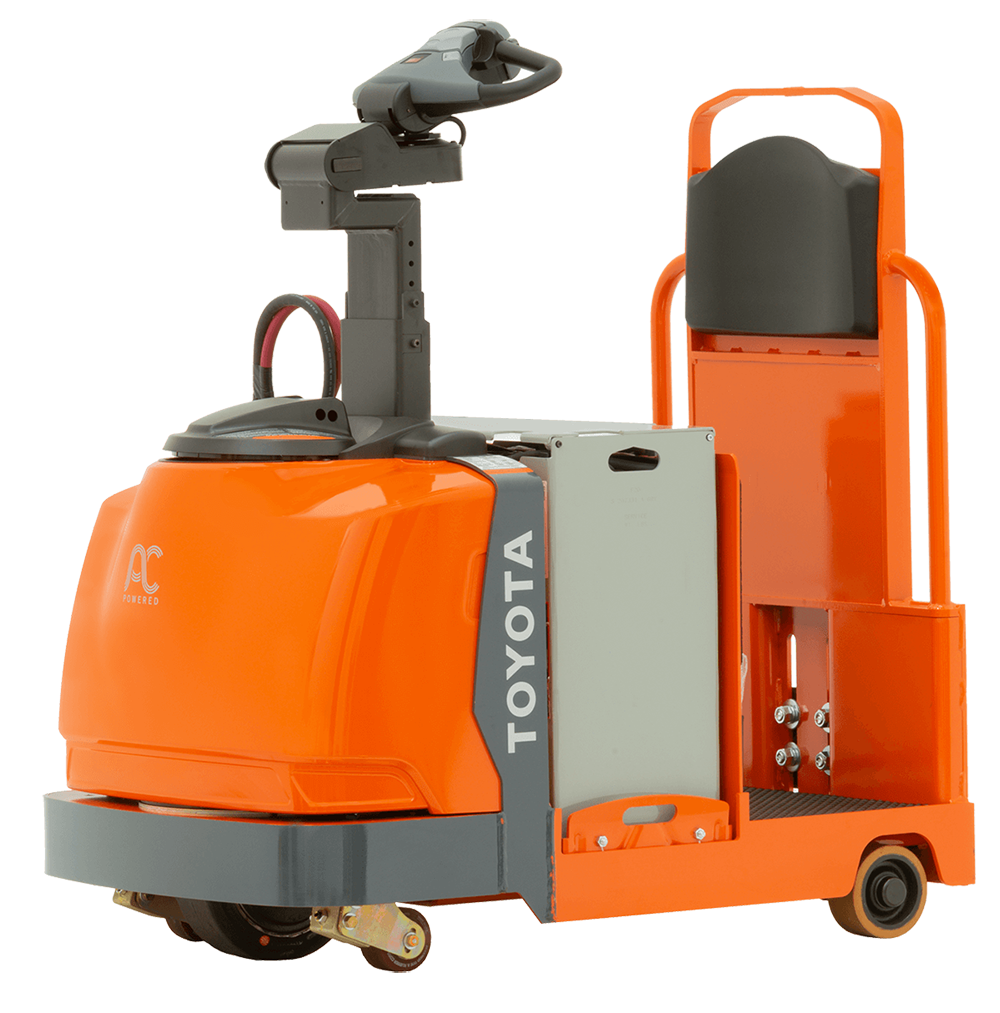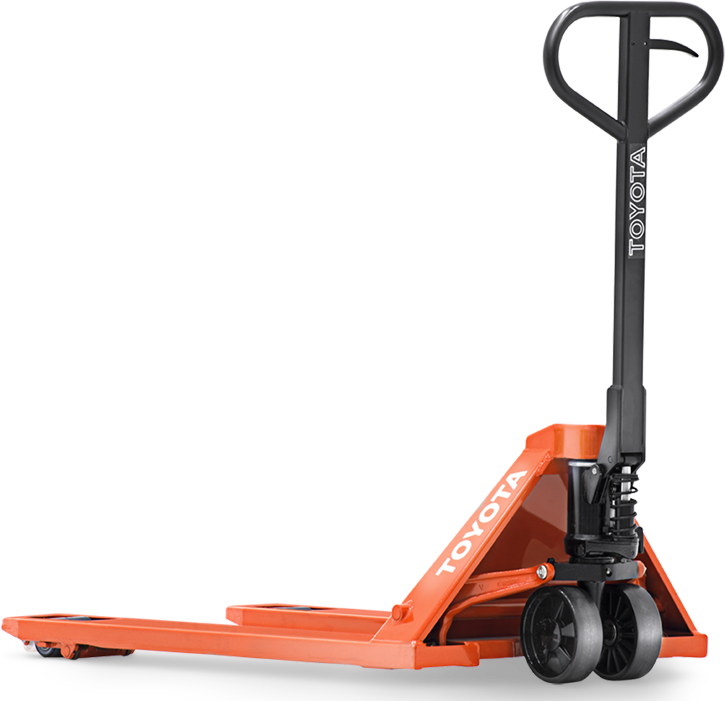Please click below to sign in to your MyToyota account
What Is A Forklift Data Plate And How Do I Read It?

Taking possession of a brand new or new-to-you forklift is fun. One of the reasons the people at Toyota are so dedicated to manufacturing and selling forklifts is that they are really cool machines. So I know operators are excited to jump on their new lift and get to work. Not to worry. We want you to enjoy and use your Toyota forklift to get your work done safely and efficiently.
What Information Is On A forklift Data Plate?
Sometimes referred to as a capacity plate or a forklift nameplate, the forklift data plate includes important information such as weight, fuel type, and forklift load capacity. Associates need to read the data plate during training and before use to help build the culture of safety in your facility.
Relatively quickly, you’ll need to know some quick information about your forklift’s capabilities. Luckily, a forklift data plate is installed on every truck on the market to help you understand what your forklift can do and provide vital information. Let me provide a guide that can help you read your data plate and start lifting better using all of the readily available information.

- Model number: The model number of your Toyota forklift is extremely important for relaying information to your dealers about repair or technical assistance, understanding your lift capacity, and looking up useful information on the Toyotaforklift.com website and shopping for forklift parts. The forklift model number contains a lot of useful information.
- Serial Number: The serial number on your lift is the most important number available for technician communication. The model serial number combination will allow techs to match parts and understand your particular machine before they arrive.
- Mast Type: Toyota has various types of masts including 2-stage, 3-stage, and 4-stage that vary depending on your specific forklift model and selected specifications to meet your needs.
- Fuel Type: Shows whether the machine is powered by electricity (E), liquid propane (LP), diesel (DS), gasoline (G), or compressed natural gas (CNG).
- Back Tilt: This number represents the degrees back the mast can tilt to help keep loads on the forks securely (6 degrees in this example).
- Attachments: This lets you know what attachments have been added to the forklift to give you a clear indication of its capabilities. In the pictured data plate, we see the side-shifter is in place, meaning the carriage can be shifted left or right.
- Front Tread: The front tread of a forklift is equivalent to its overall width. It’s like a forklift’s footprint and helps operations managers and operators understand the space a forklift will take up in the working environment.
- Tire Size: The tire size and type the truck was designed and built to use. “Solid” indicates a solid pneumatic tire, Cushion type tires will state “Smooth” or “Treaded”. Always replace with the same size and type of tire.
- Truck Weight: The overall weight of the truck.
- Forklift Diagram: The forklift diagram offers several data points that are important for understanding the function of your forklift. This can help you understand what your forklift can lift and how it can maneuver in your workspace.
- The horizontal load center
- The vertical load center
- The maximum fork height
- The maximum distance the forks can be offset from forklift’s centerline
- Only trained operators who have read and understood the operator’s manual should operate forklifts.
Electric Forklift Data Plates
While electric forklifts have similar data plates, there are a few additional sections that you may find helpful. Electric forklift data plates display information related to the forklift’s electrical system and battery requirements. Specifications such as minimum weight, voltage, and amperage are essential to understand the forklift’s operational characteristics and ensure you are using the appropriate battery and charging equipment.



















